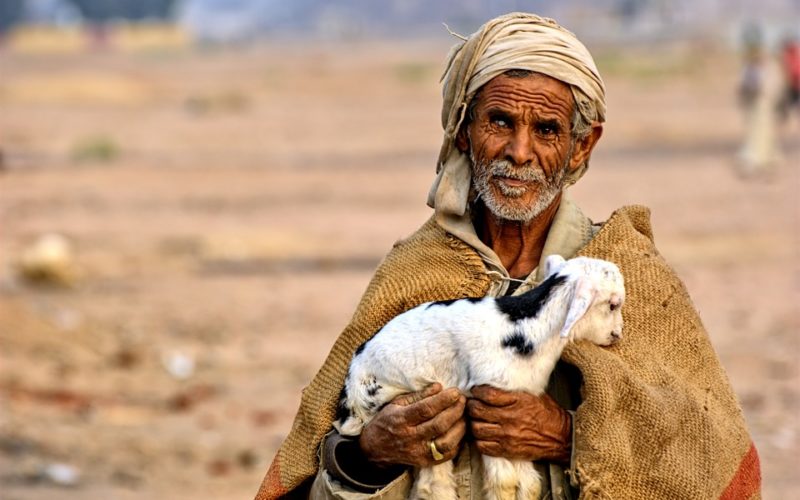Learning How To Understand Cultural Differences
The world has become a much smaller place through the use of electronic media, but that does not mean diversity has disappeared. Even thought communication with people on the other side of the globe is now much easier for the average person, many cultures have retained their own identities. Teaching students to understand and appreciate cultural differences is a good way to introduce them to the subject of diversity. It can help them realize that there is nothing wrong with being different from others, and they will have the opportunity to see the beauty and richness different traditions and ways of life can bring to the world as a whole.
How Cultures Differ
There are many different areas of the world, and none of them are quite the same. The amount of rainfall can greatly affect how a culture forms. Crops are easier to grow, people need less land, and they are used to seeing their neighbours in an area where there is plenty of water. Desert dwellers often must have large areas to grow food, so the culture that develops might be a cooperative one where many people share responsibility for an area, or they might be nomadic. Traveling to trade food items could be an important part of their cultural heritage.
People Look Different
Where the sun is shining every day, people tend to have darker skin. This is a physical difference on the outside, but it does not affect people on the inside. It has been a factor between people of different cultures and areas in the past, but modern students are taught in assemblies KS2 Powerpoints that people from equatorial regions are not necessarily any different than those who were born and raised in northern areas of the globe. While they might look very different from each other, the basics needs for food, shelter and clothing still exist. Cultural differences are due mainly to the fact that people in warmer climates spend more time outdoors than those who must suffer through freezing winters.
Cultural and Industrial Development
There are many different levels of culture in the world, and it is mainly graded on the amount of industrial development within a culture. It might seem a harsh way to judge others, but it has become a standard within the modern world. Understanding that not all cultures are equal does not mean a less developed culture is any less valuable, and Primary Works has an primary assemblies presentations that will assist students with learning this important fact about cultures from around the world.
There are and generally will be many differences between different cultures, but they should be celebrated as a way to enhance the world. Educators have been teaching this concept for many years, and it has finally begun to sink in as students can become better connected through electronic media. For students who are studying cultural differences and their impact on societies, formal learning is an entryway for them to explore and understand the traditions behind many different cultures. They can then appreciate how the differences are created as well as how they enhance the fabric of life on Earth.





